May 24, 2025 | 21:12 GMT +7
May 24, 2025 | 21:12 GMT +7
Hotline: 0913.378.918
May 24, 2025 | 21:12 GMT +7
Hotline: 0913.378.918
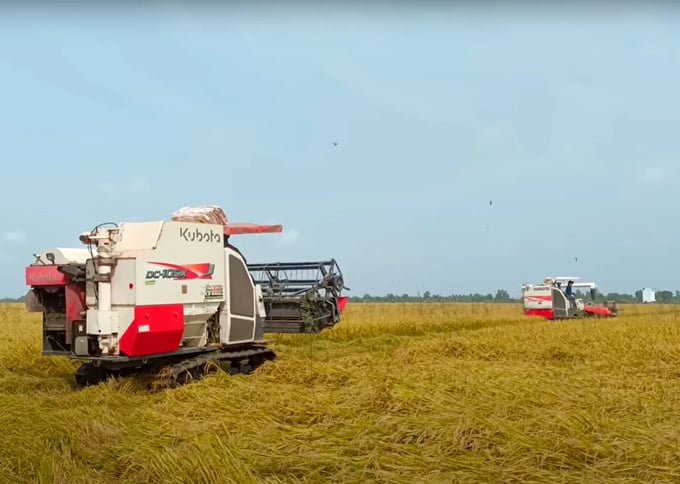
Harvesting rice in Long An. Photo: Son Trang.
According to the Vietnam Trade Office in Singapore, in the first three months of 2024, Singapore's total rice import value reached nearly SGD 113 million (approximately USD 83 million), an increase of 24% compared to the same period in 2023. Vietnamese rice imported into Singapore reached SGD 36 million (USD 26.5 million), a rise of 80% compared to the same period in 2023.
With the above turnover, Vietnamese rice accounted for 32% of Singapore's total import value in the first quarter of this year and ranks No. 1 among countries exporting rice to this market. Behind Vietnam are India (SGD 34 million) and Thailand (SGD 33 million). Thus, this is the first time Vietnam has become the largest rice exporter to Singapore. Vietnamese rice, Indian rice, and Thai rice currently account for 91% of the rice market share in Singapore.
For a long time, India has been the largest source of white rice for the Singapore market. So India's ban on exporting rice from July 20, 2023, has been a well-taken advantage by Vietnamese businesses in increasing market share and export value of white rice to Singapore.
Not only that, Vietnamese businesses have also successfully expanded the Singapore market to other rice products, such as glutinous rice and fragrant rice. The evidence is that in the first quarter of this year, in the products of two types of rice, Vietnam has risen to dominate most of the market share in Singapore, reaching 80% and 73%, respectively. Thanks to that, Vietnam surpassed Thailand and India to become Singapore's country with the largest rice market share.
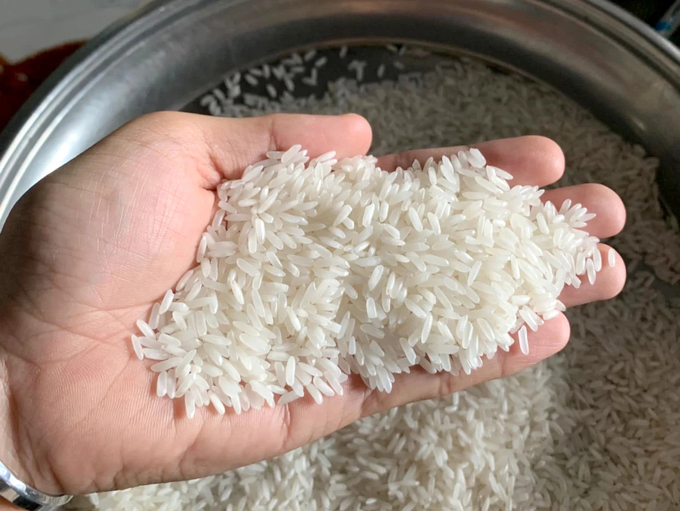
A type of white rice exported from Vietnam. Photo: Son Trang.
Mr. Cao Xuan Thang, Commercial Counselor, Head of the Trade Office of the Vietnam Embassy in Singapore, said that the trend of a sharp increase in Singapore's rice import demand from 2023 will continue to be maintained in the first three months of 2024 due to two main reasons: the ban on India's rice exports and the rapid recovery of tourist arrivals to Singapore.
In terms of volume, Singapore's total imports of 9 main types of rice are estimated to reach more than 110 thousand tons, an increase of 6.15% over the same period in 2023. Regarding the market share structure of rice products, white rice dominates the market in the most significant portion (25%), followed by milled or peeled fragrant rice (accounting for 22%), parboiled rice (accounting for 20%), Hom Mali white rice (accounting for 16%). Other rice products divide the remaining segment equally.
In the Singapore market, Thailand, India, and Japan are the biggest competitors of Vietnamese rice. Of these, India almost wholly dominates the parboiled rice market (accounting for 99%) and basmati rice (accounting for 96%). Thailand holds the largest market share in Hom Mali brown rice (98%) and Hom Mali white rice (97%). Japan has the largest market share (72%) for regular brown rice.
Trade promotion has contributed significantly to the success of Vietnamese rice in Singapore. According to Mr. Thang, the Vietnam Trade Office in Singapore has recently strongly implemented trade promotion activities, product displays, and increased presence of Vietnamese rice products in the area, supporting Singaporean business delegations to participate in rice promotion activities in Vietnam.
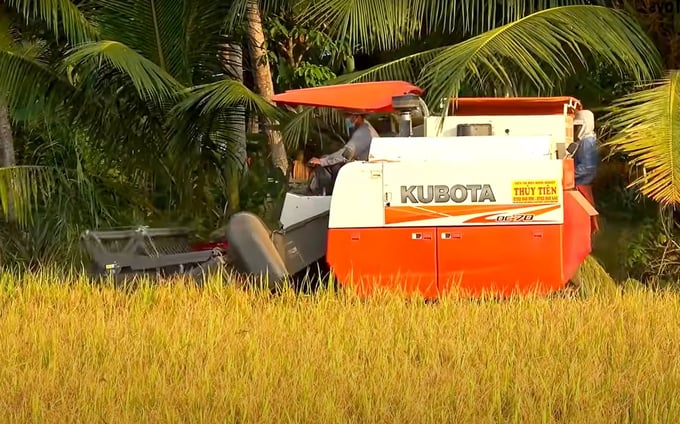
Farmers in the Mekong Delta harvest Winter-Spring rice 2023-2024. Photo: Son Trang.
Promoting rice trade to markets, including the Singapore market, is also a top concern in the leading rice exporting provinces in the Mekong Delta. Mrs. Chau Thi Le, Deputy Director of Long An Department of Industry and Trade, said that in 2023, Long An exported over 920 thousand tons of rice, an increase of 55% in volume compared to 2022. Long An rice has been exported to about 40 markets. Markets include Hong Kong, Singapore, the Philippines, etc., with the main types of rice being fragrant, white, sticky, and Japonica rice.
Long An's rice export has recently received active support from trade promotion activities. In 2023, Vietnamese Trade Offices in Singapore, UAE, China, Korea, Japan, etc. have brought many foreign business delegations to Long An province to connect and trade many different types of goods, including rice goods. Therefore, in 2024, Long An is ready to coordinate with agencies under the Ministry of Industry and Trade and the Vietnam Trade Office in other countries to welcome foreign business delegations to this province to connect trade.
However, Thailand, Japan, and India are also very interested in promoting product images and having agreements with Singaporean importers and distributors to keep product names and brand chemistry. Meanwhile, Vietnamese rice export enterprises still need strong potential and rarely invest in promoting and introducing products. Therefore, importers and distribution systems in Singapore want to use something other than Vietnamese brands when selling Vietnamese rice in this market but mainly import commercial rice and then package the design, packaging, and Singapore's domestic brand to sell to consumers.
Mr. Thang said that for Vietnamese rice to increase its market share and sustainably maintain its leading position, competing with Indian and Thai rice products in the Singapore market, it needs the support and contribution of Ministries, branches, localities, industry associations, and businesses. At the same time, strengthen trade promotion activities, promote the product and corporate brands, increase the presence of Vietnamese rice products in Singapore, and maintain product quality assurance.
In addition, signing a bilateral agreement on rice trade between Vietnam and Singapore may be an effective tool to maintain the position of Vietnamese rice products in this market.
Translated by Huong Giang
/2025/05/22/5250-1-184853_288.jpg)
(VAN) According to a representative from the Central Retail Vietnam, Vietnamese products such as seafood, sweet potatoes, dragon fruit, coffee, and spices hold great potential in the Thai market.
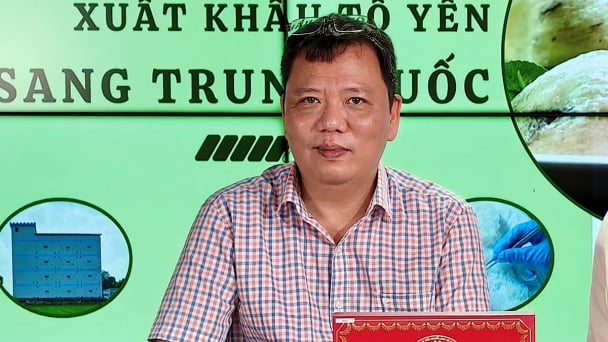
(VAN) A multi-channel, multi-directional strategy only works when the agricultural value chain meets global transparency and SPS standards.
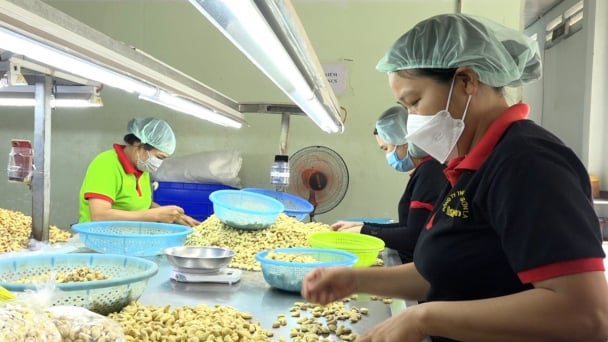
(VAN) Market expansion is a matter of survival for Vietnamese businesses amid fierce competition and global supply chain fluctuations.
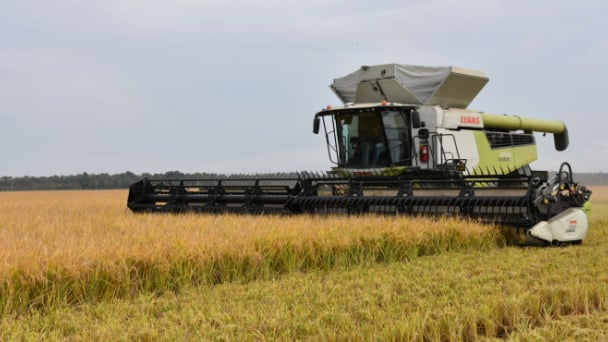
(VAN) Global market prospects for U.S. long-grain rice for the upcoming marketing year.
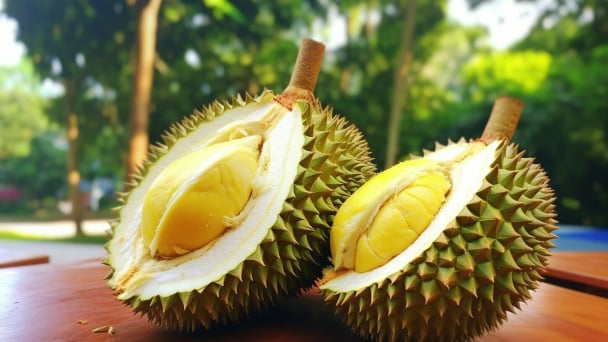
(VAN) China’s General Administration of Customs started permitting fresh durian shipments from Cambodia after a phytosanitary protocol was signed with the Cambodian Ministry of Agriculture in late April.
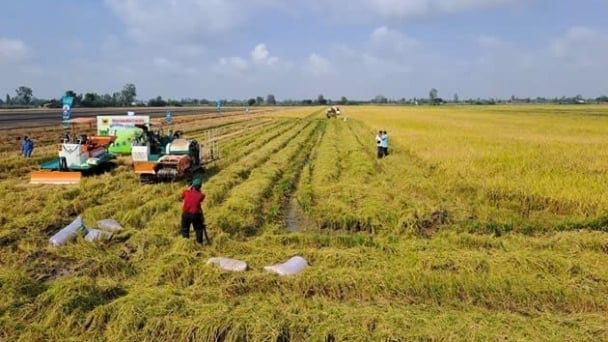
(VAN) To operate carbon market, one of the key issues is determining which types of 'commodities' meet the standards to be traded on the market.
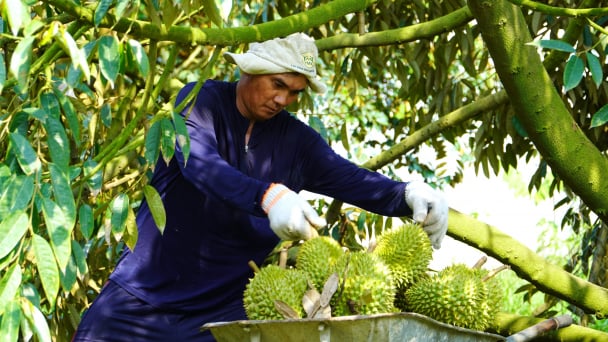
(VAN) Durian-producing localities need to coordinate more effectively with central authorities to improve the traceability, monitoring, and response systems in case of violations.